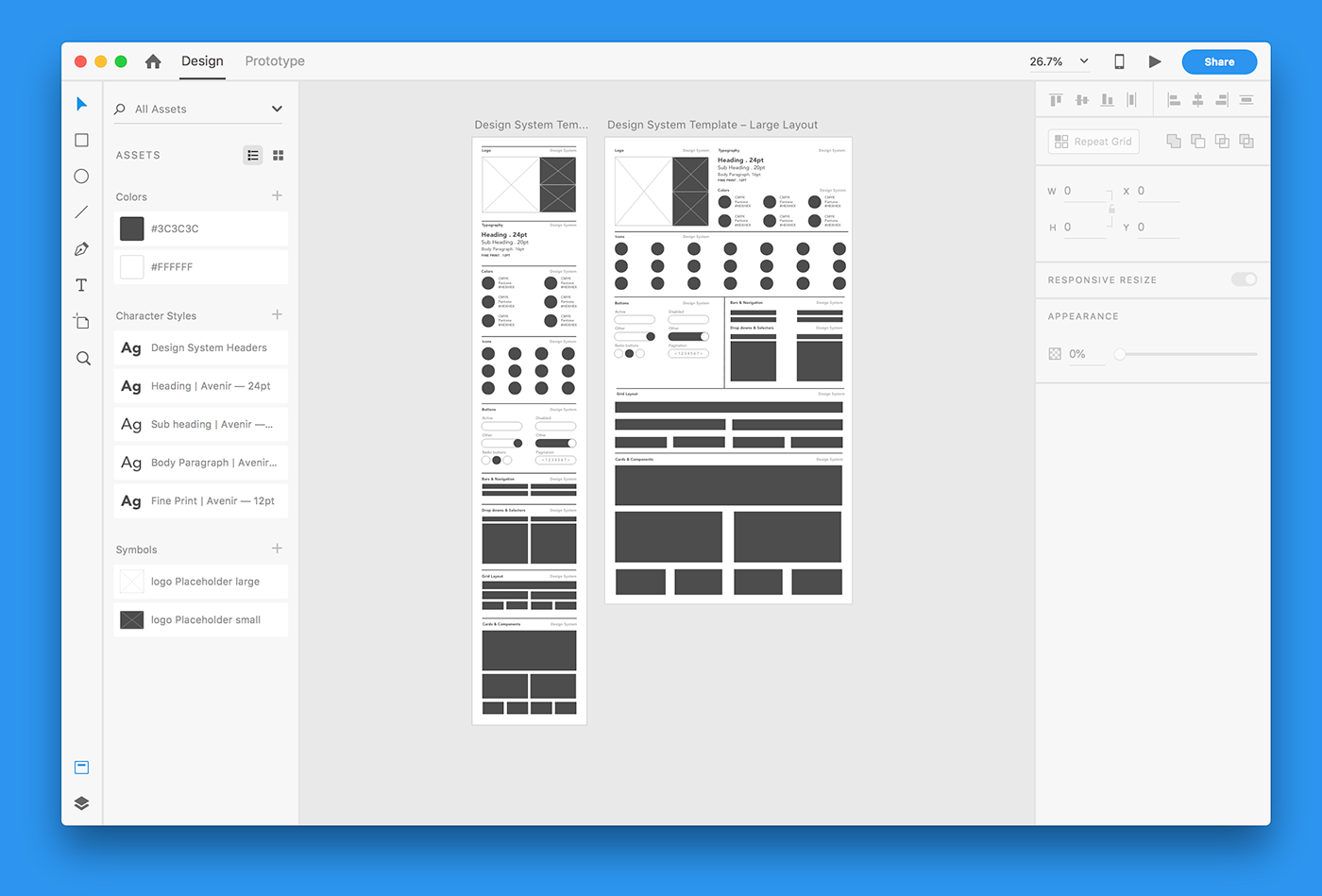
There is room for creativity when thinking about how to lay out projects, and what story you wish to convey, but there are also some principles to keep in mind to ensure that your portfolio is successful. The most important part of designing your portfolio is actually adding in the projects that you wish to showcase. For more inspiration before getting started, be sure to check out some of these inspiring UX portfolio examples. In this guide you’ll be learning how to leverage XD portfolio website design in the context of a product, or user experience design role, but the same approach can be applied for interface, interaction, and marketing design specific roles, tailoring the projects to the work you wish to acquire. The portfolio itself becomes a tangible representation of your capabilities as well. Leveraging Adobe XD for portfolio website design allows us to create portfolio assets in a dynamic way, allowing for easy iteration, distribution, and feedback collection. For example, a designer wishing to get hired for work in print design is more likely to have a physical portfolio containing printed examples of work, where a digital artist may include links to a PDF or website showcasing theirs.įor those in the fields of interaction design, user experience and product design, it then makes sense that our work is presented through a medium that we’ll be working with routinely. It does not store any personal data.Depending on the job you’re applying for, or the type of client you wish to attract, your portfolio should reflect the work you want to be doing, and even better still if it reflects the typical formats or workflows that you’ll be working with. The cookie is set by the GDPR Cookie Consent plugin and is used to store whether or not user has consented to the use of cookies. The cookie is used to store the user consent for the cookies in the category "Performance". This cookie is set by GDPR Cookie Consent plugin. The cookie is used to store the user consent for the cookies in the category "Other. The cookies is used to store the user consent for the cookies in the category "Necessary".

The cookie is set by GDPR cookie consent to record the user consent for the cookies in the category "Functional". The cookie is used to store the user consent for the cookies in the category "Analytics".


These cookies ensure basic functionalities and security features of the website, anonymously. Necessary cookies are absolutely essential for the website to function properly.


 0 kommentar(er)
0 kommentar(er)
